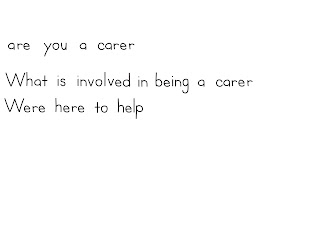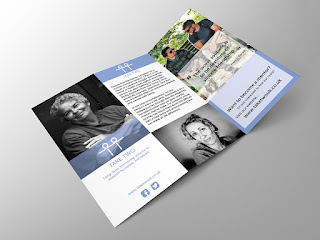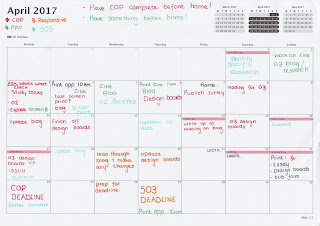Through completing this module my communication, confidence and collaborating skills are the key areas that have been tested and have subsequently improved. This has been through primary research such as talking through ideas/designs with the target audience for the Greenall’s Gin brief as well as working cross-course in response to the Bear brief.
Through completing studio brief 01 I was able to explore a more personal style that involved the inclusion of graphic design and illustration. This was an important aspect that was considered when selecting the briefs to ensure that the brief allowed for my design interests to be explored as well as experimenting with new methods such as collage (Penguin) and vector drawing (Papyrus).
Although the chosen briefs were open in their requirements it has meant that I have been able to explore my skills in brief interpretation, illustration and expanding the concept outside of what the brief states. This was particularly relevant in the collaboration response to the YCN Bear brief and was one of the main reasons why we selected the brief.
Although including an illustration form in each response was not always relevant, it was a direction explored in each of the individual competition briefs. This has taught me to always explore alternative directions in response to a brief and to ensure that the most appropriate solution is identified through self analysis and peer/target audience feedback. The completion of the YCN Greenall’s Gin brief demonstrated the importance of gaining and understanding of the target audience and receiving their feedback on designs. This is something that I would like to bring in to my practice more as it not only produces a response that is relevant to the client but that appeals to the target audience too.
Through developing my confidence in my all round design,communication skills and my time management through completing short and long time frame time briefs in studio brief 01, I was able to transfer these skills through the completion of studio brief 02. Working in collaboration has taught me the importance of communicating with other creatives as well as learning how to take on the opinion of others when making design decisions. We managed our time through a group calendar which is a method I am already used to through completing other briefs. We also communicated through shared messaging conversation which meant questions were able to be asked/meet ups could be easily organised. This benefited my practice as I was able to stay on track on what the other creatives were doing as well as being able to receive feedback/pass on messages. On the other hand this does not reflect a more professional collaboration as this would involve more communication through email. This is different to the collaboration process for this brief as we mostly worked on the project in person and therefore were able to verbally communicate our ideas/design decisions with each other. As I have identified the differences between types of collaboration, it is an area I would like to explore more to develop my skills in working with various creatives on a project.
When working in collaborative practice I have discovered that my role lends more to art direction rather than being an active designer in the competition of the work. This is a role that I would like to experience more through other collaboration briefs.

















































